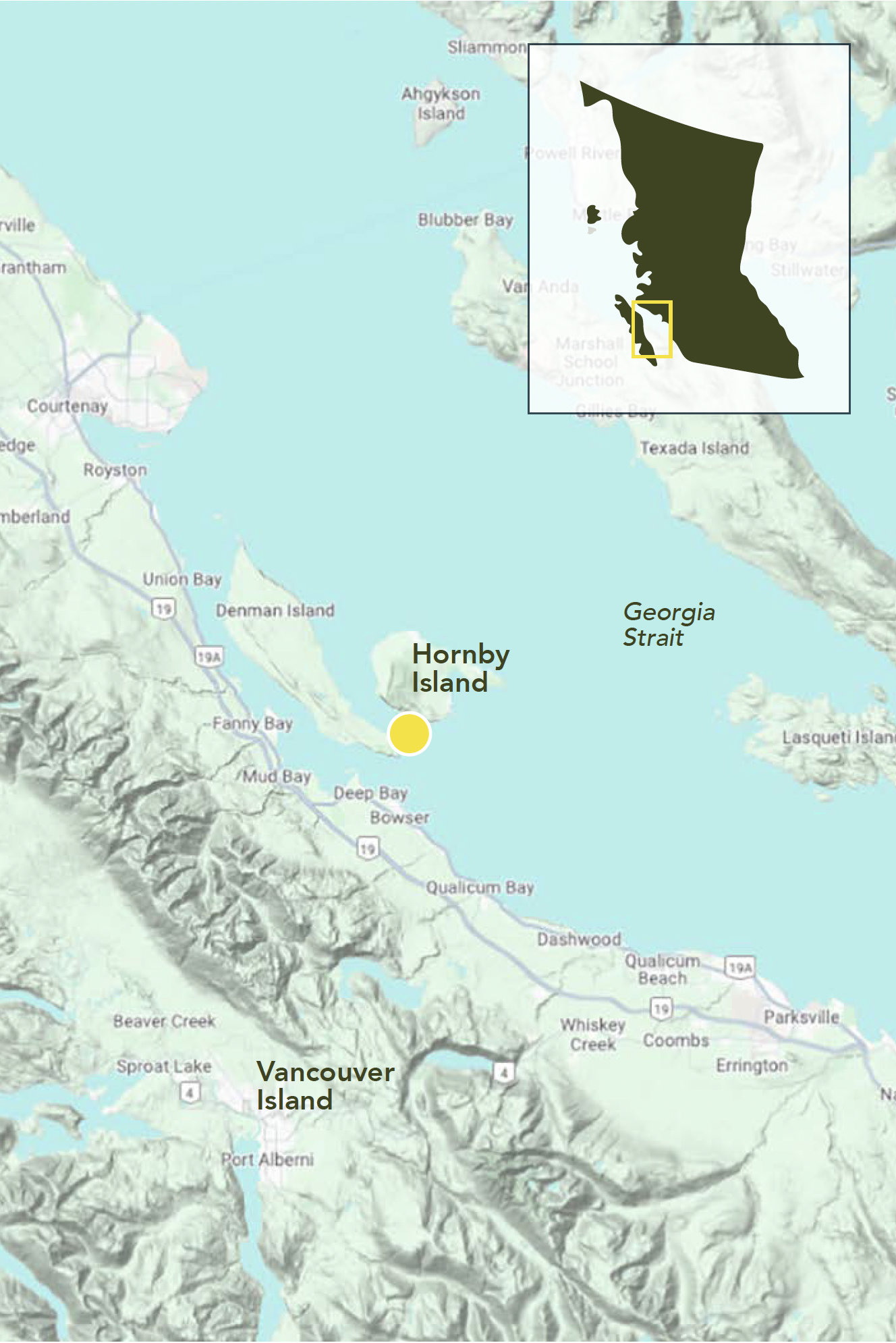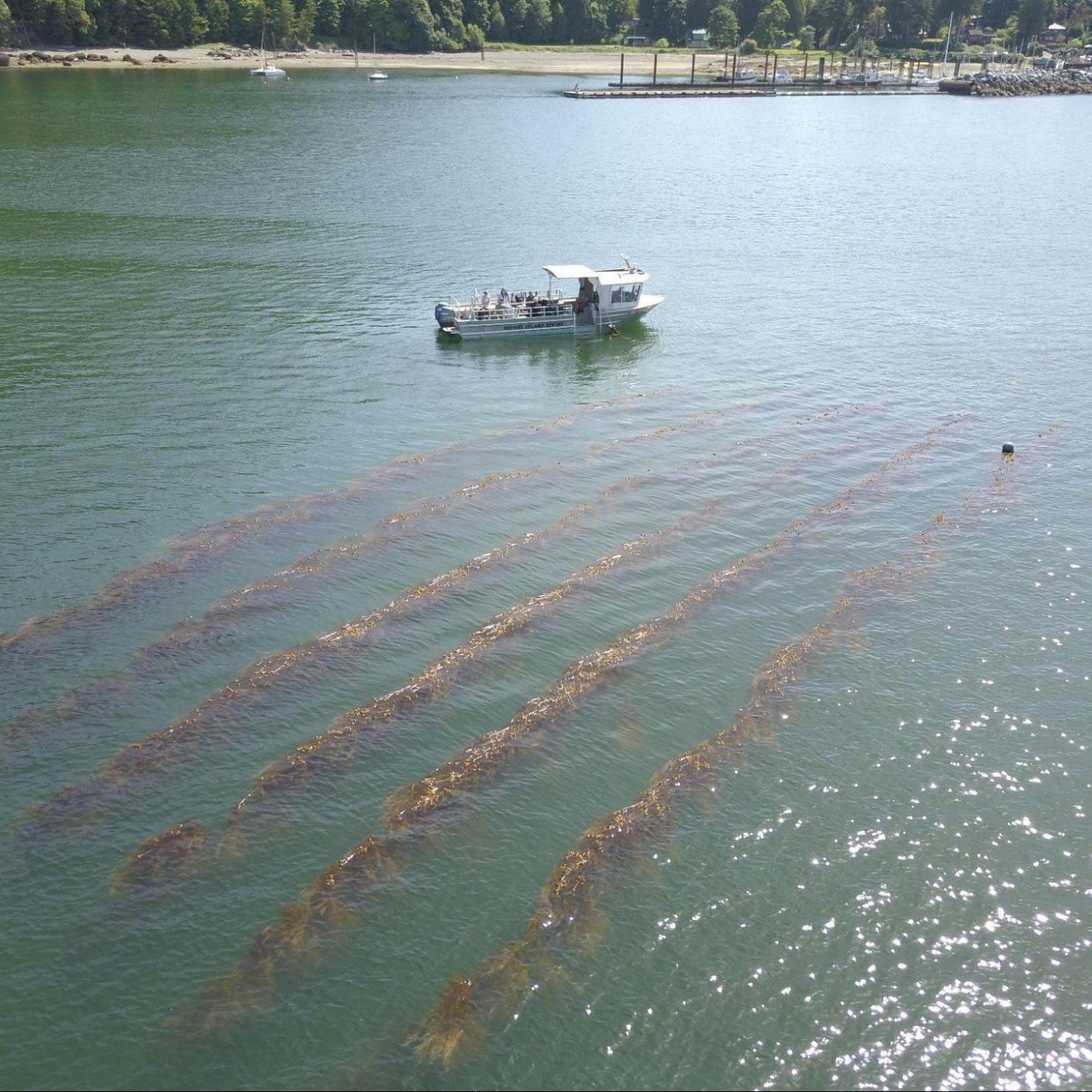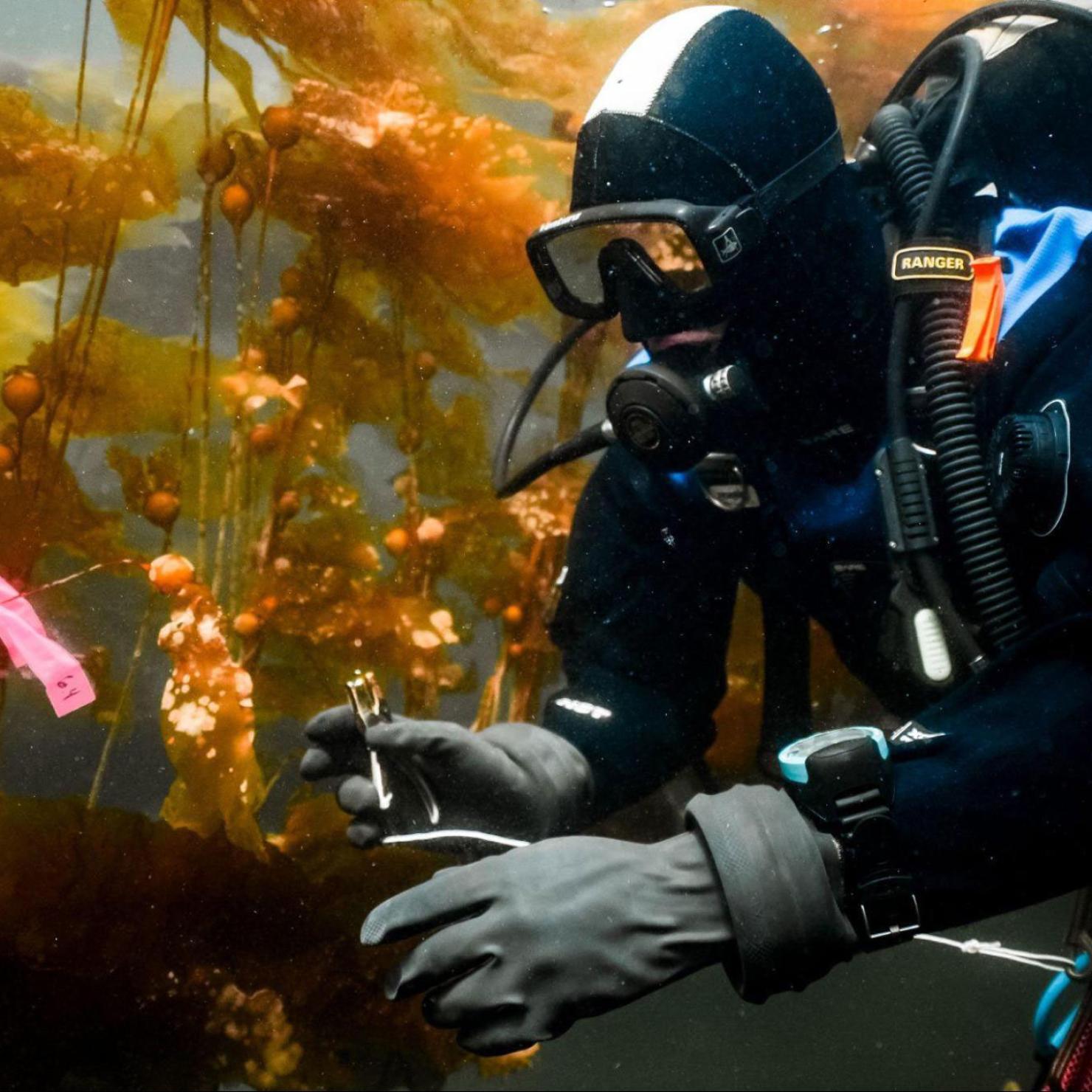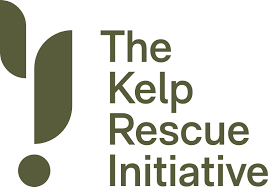Project Overview
The Strait of Georgia, a body of water between Vancouver Island and the mainland of British Columbia, has experienced extensive bull kelp loss due primarily to warming oceans caused by climate change. Summer temperatures and annual rates of warming in the Strait are now typically higher than most bull kelp can tolerate, making restoration a particular challenge. Given the scale and acceleration of climate change, a solution is urgently needed as these kelp provide critical habitat for migrating juvenile fish, including salmon. One promising solution is to identify kelp populations that have persisted through extreme warming events, such as marine heatwaves and seasonal fluctuations in weather patterns. These populations can potentially be seed sources for restoration, preserving and enhancing the natural genetic variation that grants them resilience.









